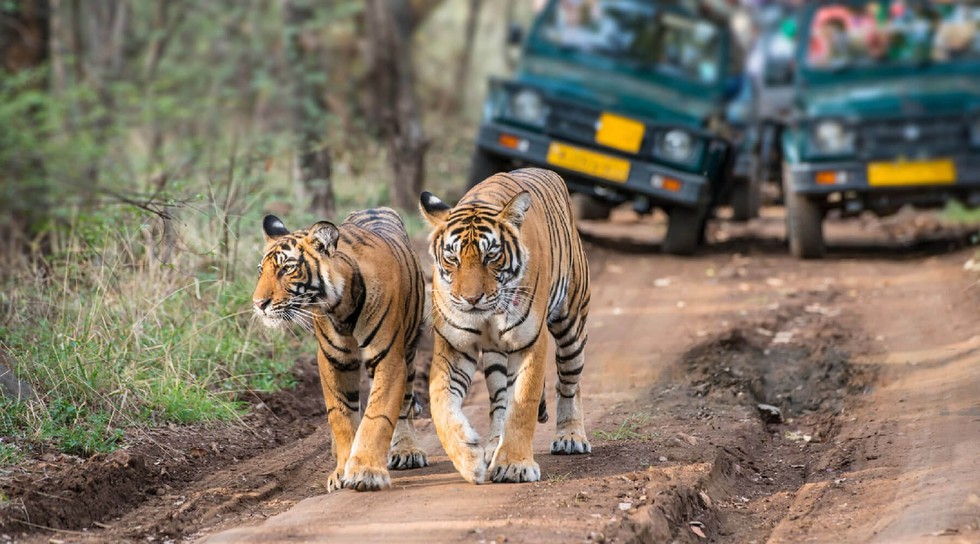About Pilibhit Tiger Reserve (PTR):
- It is located in Pilibhit District, Lakhimpur Kheri District and Bahraich District of Uttar Pradesh.
- It lies along the India-Nepal border in the foothills of the Himalayas and the plains of the ‘terai’ in Uttar Pradesh.
- The river Gomti originates from the PTR, which is also the catchment of several others like Sharda, Chuka, and Mala Khannot.
- The Sharda Sagar Dam is on the boundary of the reserve.
- Vegetation: North Indian moist deciduous type.
- It has a dry and hot climate, which brings a combination of dry teak forest and Vindhya Mountain soils.
- Flora:
- It is characterized by sal forests, tall grasslands, and swamps, maintained by periodic flooding from rivers.
- The sal woodland is very dense with good natural regeneration, amounting to almost 76% of the reserve area.
- Fauna:
- It is home to a myriad of wild animals including the endangered tiger, swamp deer, Bengal florican, hog deer, leopard, etc.
Key Facts about Chital:
- The spotted deer, or chital/cheetal is a deer species native to the Indian subcontinent.
- It is the most common deer species in Indian forests.
- Distribution: It is widely distributed in Asia, especially in India, Sri Lanka, Bangladesh, Bhutan, and a small group in Pakistan.
- Habitat: Subtropical grasslands and forests
- Features:
- With a lifespan of about 20 to 30 years, it stands at about 35 inches tall and weighs about 187 pounds.
- It is a slightly reddish brown with white spots on its body.
- Only males have antlers, and their bodies are larger than females.
- Spotted Deer are social animals. They commonly occur in herds of 10 to 50 individuals.
- They mainly feed on grasses throughout the year. Their diets include herbs, shrubs, foliage, and fruits.
- Conservation Status:
- IUCN Red List: Least Concern
